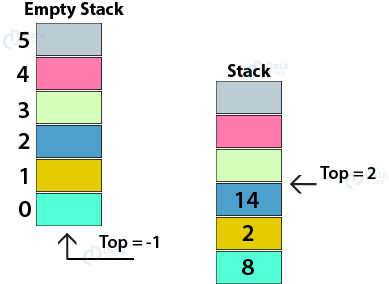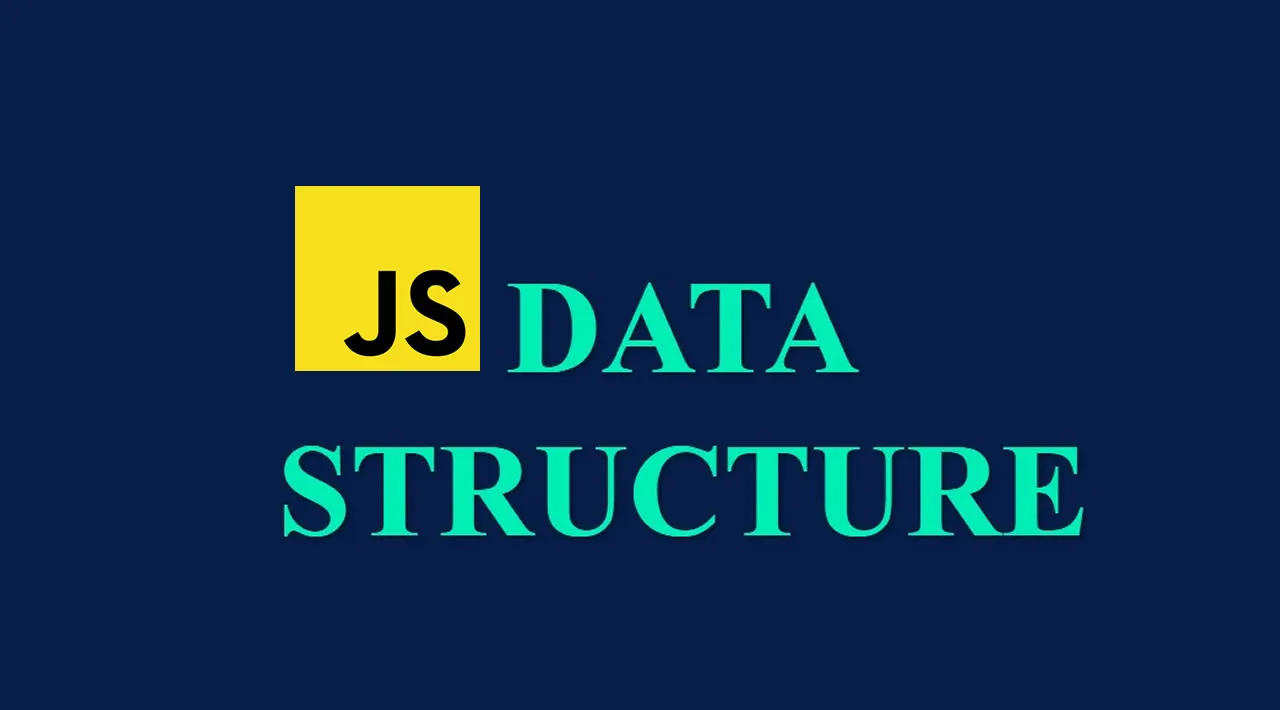What are data structures?
In computer science, data structures are particular formats utilized in the organization, management, and processing of data. There are many data structures that vary greatly in complexity. Essentially, a data structure exists to store information while creating a pathway to retrieve and use that information efficiently. Some data structures you may have seen before are arrays, hash tables, linked lists, trees, and graphs.

What is a Stack?
Stacks are structures that have conformity to the principle of Last-In-First-Out (LIFO). Real world representations are everywhere, while washing dishes or folding towels, anything that can be stacked will be unstacked starting with the object that was last placed on top. The first item in the stack will be the last item used in the stack. Arrays as well as asynchronous requests in JavaScript use this order of operations when executed.

What is a Queue?
A queue can be thought of the inverse of a stack. Queues conform to the principle First-In-First-Out (FIFO). Also well represented in real life, any time you stand in line for a service, you expect to move in one direction toward the front of the line. Arrays can be used to implement queues in JavaScript.
How can I use stacks and queues in JavaScript?
If using an array as a stack, JavaScript provides the methods push() and pop(). To demonstrate use cases:
// set a variable stack to an array of numbers
let stack = [0, 1, 2, 3, 4, 5];
// to remove an item from the top of the stack, we will use the pop() method
stack.pop() // the number 5 will be removed from the top of the stack
console.log(stack) // [0, 1, 2, 3, 4];
// to add an item to the top of the stack, we will use the push() method
stack.push(9) // the number 9 will be added to the top of the stack
console.log(stack) // [0, 1, 2, 3, 4, 9]
We have similar use cases to utilize an array as a queue in JavaScript as well, with the push() and shift() methods
// set a variable queue to an array of numbers
let queue = [0, 1, 2, 3, 4, 5];
// to remove an item from the front of the queue, we will use the shift() method
queue.shift() // the number 0 will be removed from the front of the queue
console.log(queue) // [1, 2, 3, 4, 5];
// to add an item to the end of the queue, we will use the push() method
queue.push(6) // the number 6 will be added at the end of the queue
console.log(stack) // [1, 2, 3, 4, 5, 6]
#javascript #programming #developer #web-development
